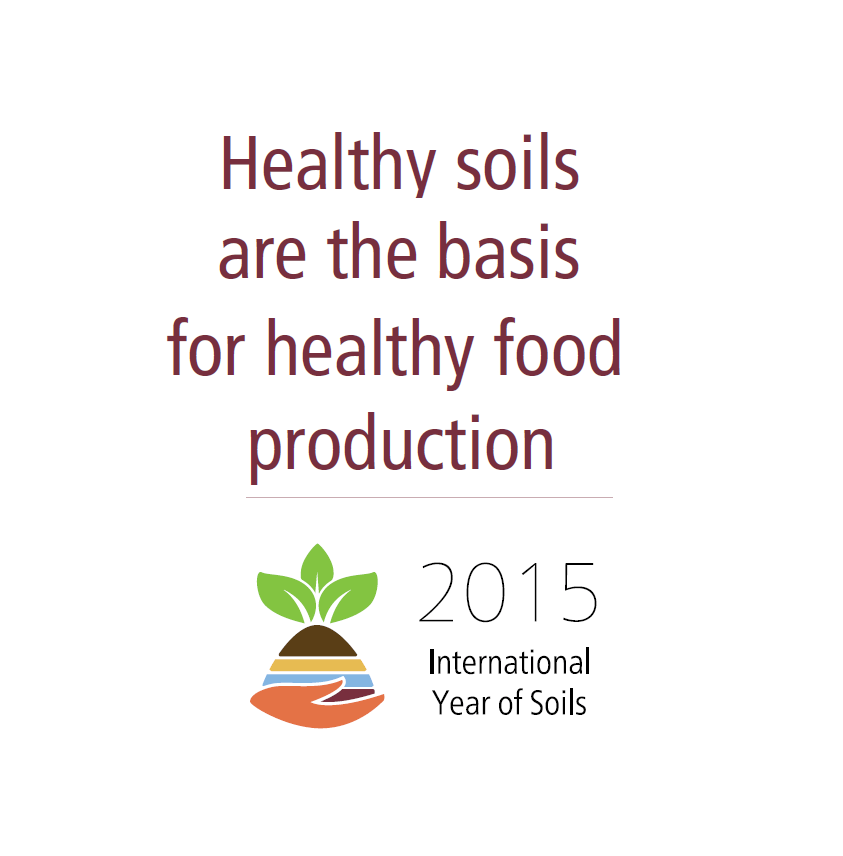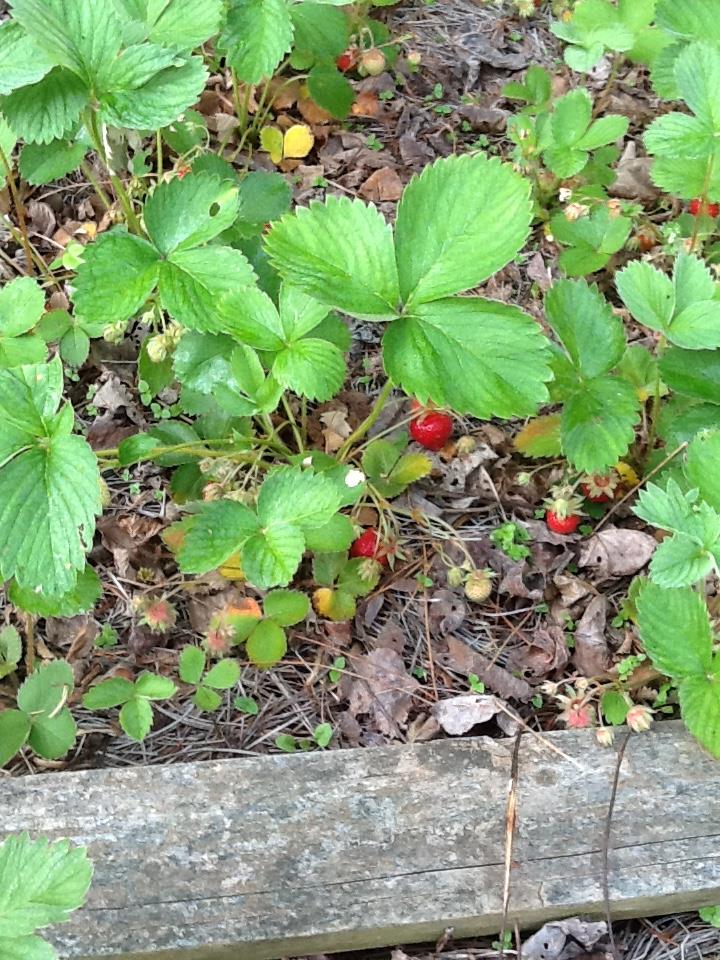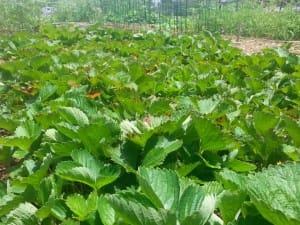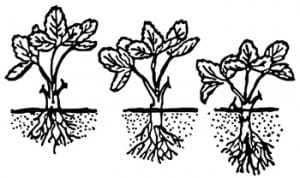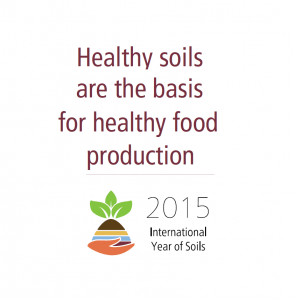 The United Nations General Assembly has declared 2015 the International Year of Soils. With this initiative the UN hopes to raise appreciation of the importance of soil for human life, educate the public about the role soil plays in food security, and promote investment in sustainable soil management activities. Basically, the UN wants to raise awareness about the importance of soil.
The United Nations General Assembly has declared 2015 the International Year of Soils. With this initiative the UN hopes to raise appreciation of the importance of soil for human life, educate the public about the role soil plays in food security, and promote investment in sustainable soil management activities. Basically, the UN wants to raise awareness about the importance of soil.
Their website states “Soil is where food begins! It is estimated that 95% of our food is directly and indirectly produced on our soils. Therefore, food availability relies on soils. Healthy and good quality food can only be produced if our soils are healthy. A healthy living soil is a crucial ally to food security and nutrition.” As food growers we already know how important our soil is to the overall health of our plants. Their website lists the following reasons that soil is important:
- Soils are the basis for the production of food, fibers, fuel and medicinal products.
- Soils absorb, store, alter, purify and release water, both for plant growth and water supply.
- Soils interact with the atmosphere through absorption and emission of gases (e.g. carbon dioxide, methane, water vapour) and dust;
- Soils make up the greatest pool of terrestrial organic carbon (over double the organic carbon stored in vegetation).
- Soils regulate carbon, oxygen and plant nutrient cycles (N, P, K, Ca, Mg, etc.)
- Soil is the habitat of several animals and organisms such as bacteria and fungi and thus sustain biological activity, diversity and productivity.
- Soil is the habitat for seed dispersion and dissemination of the gene pool.
- Soils buffer, filter and moderate the hydrological cycle.
- Soils are the platform for urban settlement and are used as materials for construction.
International Year of Soils: Free Workshops
In conjunction with the International Year of Soils there are events all over the world scheduled to
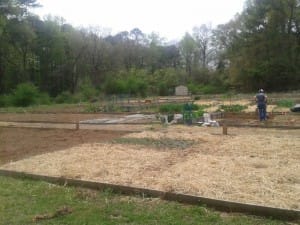
educate people about soil health. Closer to home a collaboration effort in Atlanta, Georgia, is providing 30 free workshops on soil health and composting. The collaborative partners are UGA Extension, Terra Nova Compost, Truly Living Well, Global Growers, The Atlanta Community Food Bank and Food Well Alliance.
The workshops start June 2nd and go through October 29, 2015. To see if a workshop is near you or to register for one check here.
Happy Gardening!
